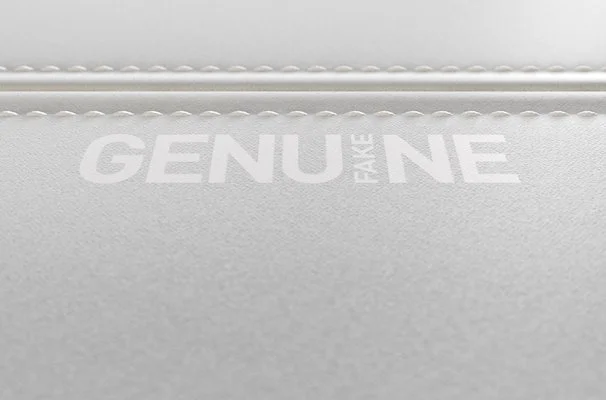A Growing Brand Problem: Influencers and Counterfeits
The convergence of online shopping, the global pandemic, supply shortages, and influencer stardom has made the perfect storm for counterfeits. As more and more shoppers buy their goods online and rely on third-party reviews or influencer endorsements, counterfeits have found a new channel to funnel their goods.
The Rapid Growth of Influencers and Counterfeits
In 2020, the influencer industry was estimated to be worth almost ten billion dollars, doubling annually in value since 2016. Experts estimate that influencers can return over five times the value of every dollar spent by a consumer for products because customers trust the recommendations of the influencers they follow, paying less attention on where product comes from. In today’s market, consumers are more likely to build loyalty toward an influencer as opposed to a name brand.
In comparison to the past, where consumers had loyalty to a brand based on good past experiences, name recognition, and the goodwill associated with a brand, today’s market sees exponentially more brand names combined with either third-party outsourced labor or third-party vendors, with potential for counterfeits in the mix. Trends show that consumers often favor particular products over particular brands. This can especially be seen in the cosmetics industry where a shopper may prefer the blush from Nars, a lipstick from Chanel, and an eyeshadow palette from Urban Decay. This trend is compounded by the fact that a deluge of videos exist online by influencers solely to review or demonstrate how to use products.
Counterfeiters Use Influencers for Sales
Influencers – online celebrities that have gained loyal followings and clout from their curated knowledge in a particular field – have become highly sought-after commodities for brands that want to access the younger demographics. At the same time, becoming an influencer has also become a new career path and endeavor for many.
But what happens when influencers become bad actors? In the last few years, counterfeiters have teamed up with wannabe influencers to evade algorithms designed to detect fakes. By having influencers provide direct links to purchase fake goods, counterfeiters have been able to circumvent protocols that have been put in place by global marketplaces like Amazon. A 2019 study found that almost twenty percent of influencer hashtags led to fake products, and some influencers have admitted to promoting products they have never tried.
As such, the onus still remains on brand owners to be vigilant about policing their brands.
Key Takeaways on the Growing Problem with Influencers and Counterfeits
In order to protect the goodwill associated with their brand, as well as to improve their name recognition among legitimate influencers and the purchasing public, brand owners must:
Aggressively monitor the use of hashtags associated with their brands and products;
Devote additional monitoring resources to social media platforms during the launch of a lucrative product; and
Work with border patrol by providing them with branding guidelines that will allow them to more easily spot fakes.
For more information about anti-counterfeiting legal services, see our Anti-Counterfeiting Solutions and Industry Focused Legal Solutions pages.



